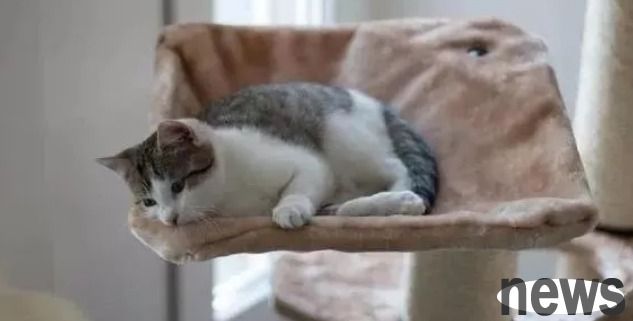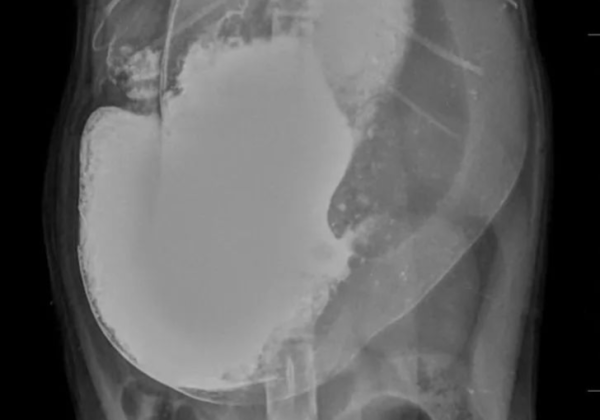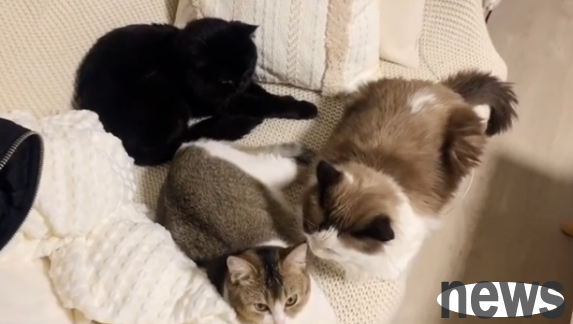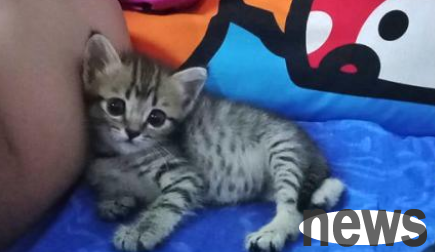How many of the 10,000 cats have arrhythmia?
Cat heart disease is the main cause of cat disease and death. Early detection and accurate diagnosis of heart disease are crucial to effectively manage and improve outcomes. Electrocardiogram (ECG) is a valuable diagnostic tool that helps identify arrhythmias and can serve as a key indicator of potential heart disease.
Although mutations in specific breeds are associated with certain diseases in certain breeds (such as hypertrophic cardiomyopathy), a comprehensive large-scale study explores the prevalence of central arrhythmia in various cat breeds, while taking into account age, gender, and sterilization status are still limited. The purpose of this study was to evaluate the frequency and type of arrhythmia in a large number of cats and to understand the effects of breed, age, and gender on the prevalence of arrhythmia.

I. Original content
Frequency of ECG in 9440 cats by breed, age, and gender
Abstract
Objective: The purpose of this study was to describe the frequency of arrhythmia detected in sick cats who did not use sedatives in general: 10,638 electrocardiograms were retrospectively collected, of which 9,440 were included in the criteria
Method: Records were recorded for evaluation by a board-certified cardiologist. If arrhythmias are present in the ECG, arrhythmias are classified
Results: At least one arrhythmias was observed in 249 249 diseased animals (2.64%, 95% confidence interval (CI): 2.34–2.98, 249/9440), and the most common arrhythmias were ventricular premature beats (1.63%, 95% CI: 1.39%–1.91%, 154/9440). Ragdoll cats have the highest chance of arrhythmia (odds ratio (OR): 3.17, 95% CI: 1.43–6.17, P=0.036). Elderly cats (Age: 13+ years, OR: 1.70, 95% CI: 1.24–2.34, P=0.013) and middle-aged and elderly cats (Age: 10–13 years, OR: 1.68, 95% CI: 1.19–2.37, P=0.003) were more likely to suffer from arrhythmia than adult cats. The probability of arrhythmia in male cats is slightly higher than that in female cats (OR: 1.36, 95% CI: 1.06–1.76, P=0.018).
Conclusions and Relevance:
Of courses of 9440 ECGs included in this study, at least one arrhythmia was detected in 249 different cases. Arrhythmias are more common in older cats, males and ragdoll cats. It should be noted that although the presence of arrhythmia alone does not always mean that there is a heart disease, further research on the association between variety heart health is needed.
Method
This cross-sectional, retrospective cohort design study examined data from the US commercial ECG database. Inclusion criteria for this study included the use of a hand-held ECG recording device to collect 30-second six-lead ECG recordings. Cats who have recently received any antiarrhythmic drugs, atropine, alpha-2 agonists or other sedatives, or cats who lack weight, gender, or age information are excluded. Information about inclusion criteria, patient ID number, weight, breed, gender and age was uploaded by the doctor to the telehealth website for reporting. There is currently no data related to pre-ansthesia electrocardiogram evaluation in cats or telemedicine monitoring of identified cardiac abnormalities. Each subject selected an electrocardiogram. If multiple ECGs are obtained on the same cat during collection, a single record is randomly selected using the Wichmann-Hill pseudo-random number generator (a statistical programming language). Varies with less than 30 records and mixed varieties are classified as other varieties.
Discussion
This study is the first study of its kind to evaluate the frequency of arrhythmia in a large number of cats from general practice hospitals. Overall, the prevalence of arrhythmias was observed to be lower than in previous studies. Ventricular premature beat (VPC) is the most common arrhythmia, accounting for 62% of all detected arrhythmia. A previous study of cats with hypertrophic cardiomyopathy (HCM) also found that VPC is the most common type of arrhythmia, accounting for 85.9% of all arrhythmia. This finding is not surprising, as two 24-hour monitoring studies in healthy cats found that VPC is the most common arrhythmia, with 78%–90% of cats having at least one VPC during the 24-hour monitoring period. Ventricular arrhythmias may be a sign of structural heart disease, and premature ventricular beats are more common in cats with HCM than in normal healthy cats. Premature ventricular beats may also be secondary to hyperthyroidism or hypertension and occur in cats with other systemic diseases. Bradycardia is the second most common arrhythmia.
Superventricular premature beat (SPC) is the third common arrhythmia. Cats with HCM have been found to have more SPC than those with clinically healthy cats, which may indicate potential atrial enlargement. Six first-grade atrioventricular blocks were observed in this study, and although they are not hemodynamicly important, their presence may indicate elevated vagus tone, which may make patients prone to bradycardia under anesthesia.
Life stages are associated with an increase in the probability of arrhythmia. The proportion of arrhythmias in the elderly and middle-aged groups was higher than that in the adolescent and adult age groups, which is consistent with previous studies. A previous 24-hour electrocardiogram study found that older cats (7-14 years old) observed more VPCs (median 6VPC vs 1VPC over 24 hours) than younger cats (1-6 years old). In this study, male cats had more arrhythmias compared with female cats, regardless of whether they were sterilized. Although the role between gender and arrhythmias remains unclear, a previous study by Trehiou-Sechi et al.. It is reported that in their study on the onset of HCM in cats, the proportion of males was too high. Payne et al. found that male cats are more likely to suffer from HCM than female cats.

Although there were more than 9000 records in this study, the total number of arrhythmias was small (n = 249), and caution should be taken when interpreting the results when the number of events is low. Furthermore, only a single telehealth service was used in this study to evaluate the ECG of felines, which may lead to sampling bias. Potential differences in position and wire placement of the diseased animal lead to limitations of this study; however, this is not important for the study, as rhythm disorders are still detected on the electrocardiogram regardless of the diseased animal and lead position. Age may be a potential screening factor, and some breeds (Scottish Fold, Sphinx, British Shorthair, Bengal and Ragdoll Cats) were screened at a younger age because they were prone to heart disease. Since the information of the diseased animal needs to be manually entered from the hospital into the electronic medical record, these numbers may be distorted. Other limitations include recording time of ECG of 30 seconds. Although some known drugs were excluded from the study, a complete history of all concurrent drugs was not available. Extended recording time or dynamic ECG monitoring is the best choice for evaluating arrhythmia; however, such short-term recording is more convenient and cheap in clinical practice and maximizes animal tolerance.
The complete clinical status of the subjects was not provided in this study, and there was no indication of an electrocardiogram reported in the data. Therefore, it is unclear whether some subjects are at higher risk due to breed conditions, or whether they suffer from systemic diseases that affect their heart rate or rhythm, such as hyperthyroidism or electrolyte imbalance. Identification of a diseased animal breed depends on the submitted veterinary clinic and can go wrong.
2. Our discussion
As the authors of this study considered: the use of telehealth services to assess potential differences in electrocardiogram, positioning of sick animals and wire placement, and the age of some special breeds of cats may lead to sampling bias. The time to record an ECG of only 30 seconds is also a limitation of this study. According to a study on the relationship between the detection rate of arrhythmia in people and the monitoring time, we can see that as the monitoring time is longer, the detection rate of arrhythmia can be increased to more than 95%. Extended recording time or dynamic ECG monitoring is the best choice for evaluating arrhythmia.
III. Conclusions
This study found that arrhythmias are more common in elderly and male cats, and ventricular premature beat (VPC) is the most common arrhythmias. Extending recording time or dynamic ECG monitoring is the best choice for evaluating arrhythmias. This information may help customize the patient's arrhythmias screening.















